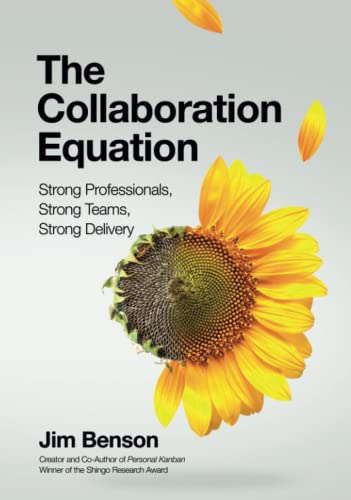AI for Product Value Stream
The AI-native startups have it easy. Established companies need a more thoughtful, deliberate approach to applying AI to accelerate their value streams.

Context
Individuals in the product team are using AI tools ad-hoc to improve personal productivity, but those usages are clashing. You're not seeing gains in throughput of value delivery, but rather low-level conflicts as people struggle to reconcile thoughtful content with work slop.
Discussion
The AI-native startups have it easy. Because AI tools are so cheap at the moment, it's natural to use them wherever possible - not just for prototyping but also for handling common workflows and business processes. I have a good friend who's bootstrapping his own startup and has found countless ways to use ChatGPT and Claude Code to help with problems that would have previously required him to hire people.
Established companies (even relatively young ones) are in a different place. They have processes that depend on people, with varying degrees of automation. And while it's easy to have an AI make transcripts of your meetings or generate boilerplate content, a lot of what happens in businesses involves the interaction of many parties and the integration of multiple systems. Where my friend can just decide to use an AI tool and roll it out today, anyone in a 150+ person company will need to talk to other people and coordinate to make changes happen.
This is hard, and in the long run we should expect many AI startups to simply outcompete the established companies. But for those of us working at these companies, should we simply give up? No. There's a lot more to business than automation. A thoughtful, deliberate approach to applying AI can have a huge effect a product org's competitiveness - if we do it together.
Play
As a group, map your product value stream together. Identify problems and pain points. Then identify opportunities for AI to aid, transform, or hinder work.
The root of this play comes from the Right Environment Exercise (REE) described in Jim Benson's book The Collaboration Equation. Essentially, you're mapping the value stream of product delivery to find out how your teams actually work (in comparison to how you CLAIM to work in your stated process) and then agree on the areas of leverage and improvement you want to work on.
This consists of several steps:
- Gather a group of people who do the work.
- Start with the last step - when work is 'done', how do we know? Put this on the right side of a visual (aka Miro) board
- Working slowly and together, identify the step that happens just before work is 'done'
- Continue to work up the value stream until you run out of steps.

Jim recommends color-coding steps based on whether you ALWAYS do them (yellow stickies) or SOMETIMES do them (orange stickies).
Why are we doing this from right to left? Jim's observed that if you start from the left, teams produce an idealized workflow, rather than the real one. And why do we do it together, in a group? No one person can remember all of the steps - each one will make a simplified value stream from their perspective. When a group does this together over a couple of hours, you get a much more accurate picture - and people feel better, because others can see their pain.
The REE includes other dimensions: problems (red) fix, i.e. possible solutions (green) collaboration (purple) input from others (blue) missing info (teal).
Today, your PMs are solving these problems through manual effort. That's what PMs do - they make things happen when the systems fail to provide the needed info.
When we are looking for opportunities to leverage AI, it is tempting to skip this step and just ask the LLMs for AI insertion points. I'd caution against this, because the missing info and collaboration opportunities are exactly the situations we will need to work through anyway when integrating AI into the workflow. That's because the needed info from others, collaboration, and missing info are all going to block your AI solution in the same way. It will lack the context it needs.
Adding AI tooling will not address these bottlenecks, and so it won't lead to increased value flow - unless you address them at the same time.
Opportunities for AI tools in the value stream
Once you've completed mapping your value stream along with its challenges, you're ready to look at where you can use AI. Ask the group to annotate:
